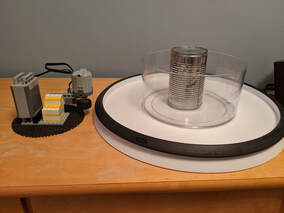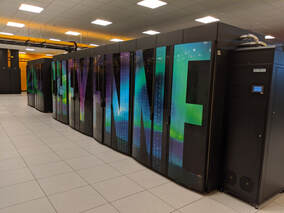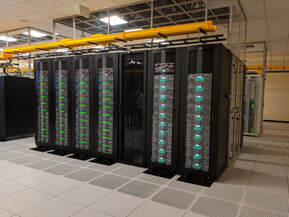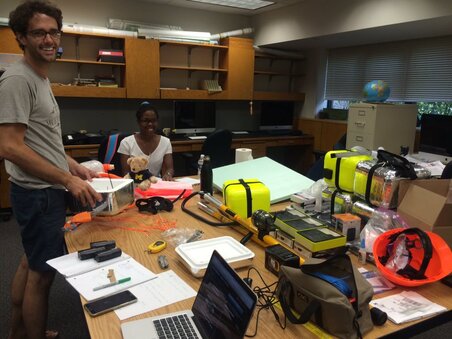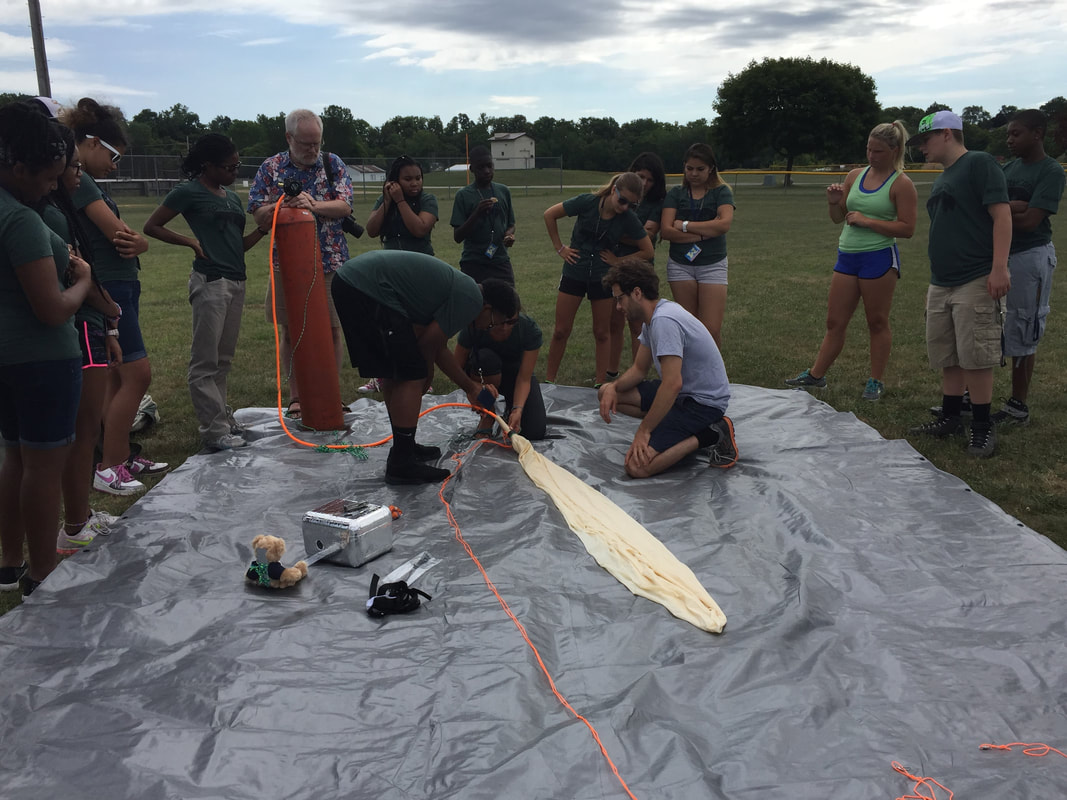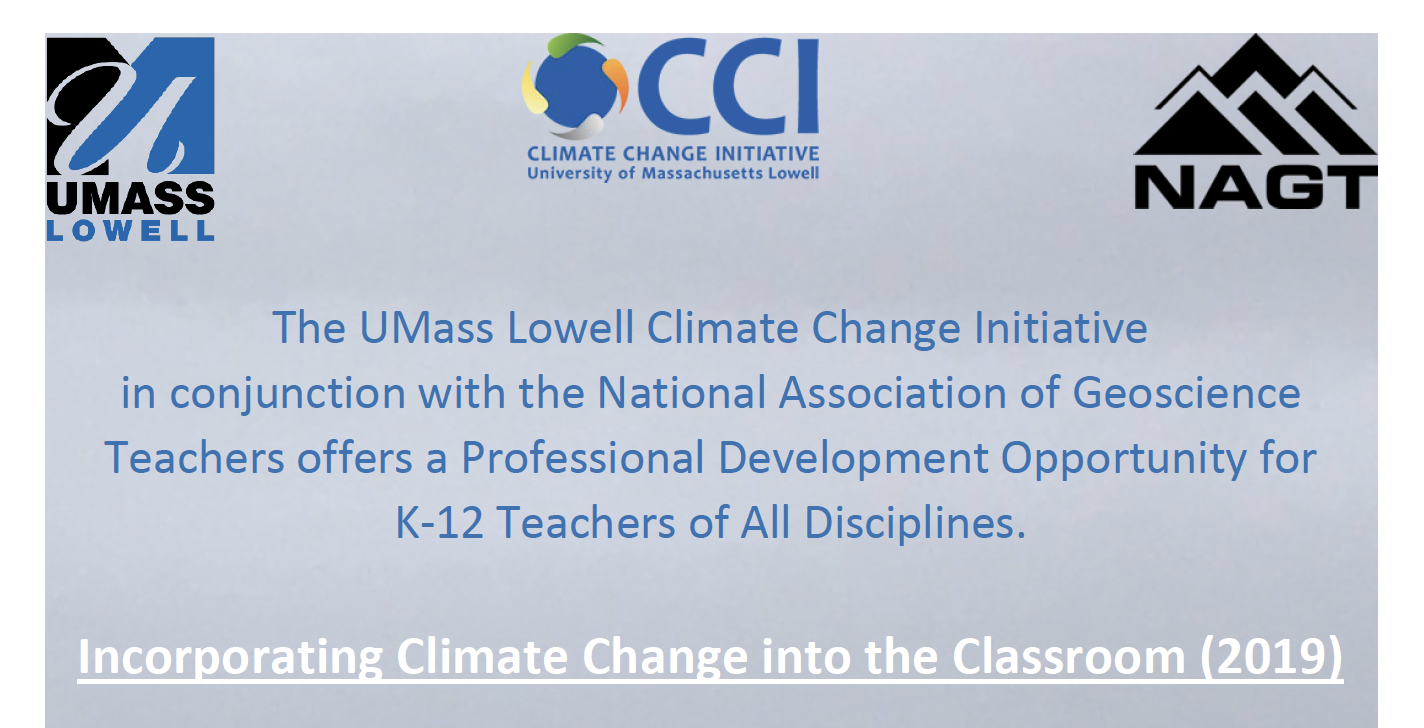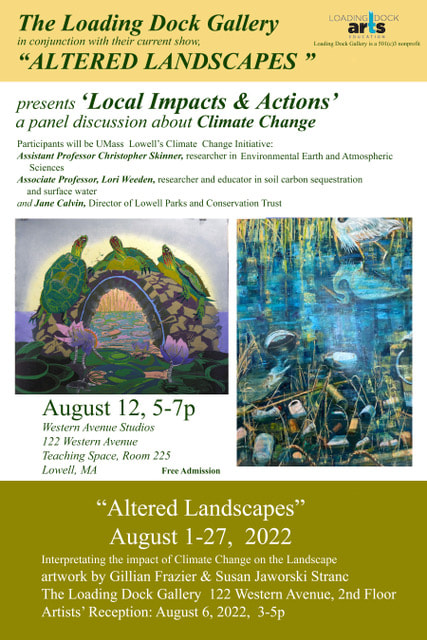Teaching
The Department of Environmental, Earth and Atmospheric Sciences (EEAS) offers bachelor's and master's degrees in Meteorology, Environmental Science, and Geology, and a new PhD in Earth System Science.
I teach the following courses (syllabi linked):
I teach the following courses (syllabi linked):
ATMO.1410 Weather and Climate
Introductory course for non-EEAS undergraduates
ENVI.1100 Global Environmental Studies
Introductory course for non-EEAS undergraduates
ATMO.4080/5080 The Climate System
Upper level course for undergraduate and graduate students
ATMO.5050 Atmospheric Measurements and Data Analysis
Upper level course for undergraduate and graduate students
ATMO.5100 Regional Weather and Climate Modeling
Upper level course for undergraduate and graduate students
ENVI.5500 Earth System Science
Upper level course for graduate students
Introductory course for non-EEAS undergraduates
ENVI.1100 Global Environmental Studies
Introductory course for non-EEAS undergraduates
ATMO.4080/5080 The Climate System
Upper level course for undergraduate and graduate students
ATMO.5050 Atmospheric Measurements and Data Analysis
Upper level course for undergraduate and graduate students
ATMO.5100 Regional Weather and Climate Modeling
Upper level course for undergraduate and graduate students
ENVI.5500 Earth System Science
Upper level course for graduate students
|
Students from ATMO.5050 assembling a Campbell Scientific ClimaVUE50 weather sensor, control datalogger, solar panel, and tripod. Students work in groups to design and carry out their own "field campaigns" to observe local weather phenomena, including convective storms, nor'easters, and cold fronts.
|
Using a DIY rotating tank (https://diynamics.github.io) (and a frozen can of corn) to demonstrate geophysical fluid dynamics principles in ATMO.1410 and ATMO.4080. The small and inexpensive setup is great for at-home presentations (via Zoom) and for group work in classrooms.
|
Thanks to classroom allocations through the National Center for Atmospheric Research (NCAR) Computational Information Systems Lab (CISL), students in ATMO.5100 gain access to NCAR's high performance computing clusters! In the course, students learn to design and run their own climate model simulations with the Community Earth System Model (CESM).
|
I also manage the UMass Lowell campus weather station. Please feel free to get in contact if you have questions about the station instruments or data.
Outreach
Our outreach efforts have primarily focused on creating climate science-based educational opportunities for K-12 students and teachers.
Planning and carrying out a high-altitude (100,000 feet) weather balloon launch with high school students. Balloon launches are a great way to learn about atmospheric structure, pressure, lapse rates, GPS, and weather forecasts.
|
Thanks to our National Science Foundation grant, we hosted multiple professional development workshops at UML for K-12 teachers. The workshops focused on developing hands-on modules to incorporate climate-related curriculum into K-12 classrooms. Thanks to Professor Lori Weeden for organizing!
https://www.uml.edu/news/stories/2019/climate-change-professional-development-workshop.aspx https://www.uml.edu/news/stories/2021/climate-change-professional-development-workshop.aspx |
A great discussion at the Loading Dock Gallery on the use of art and science in communicating climate change.
|

